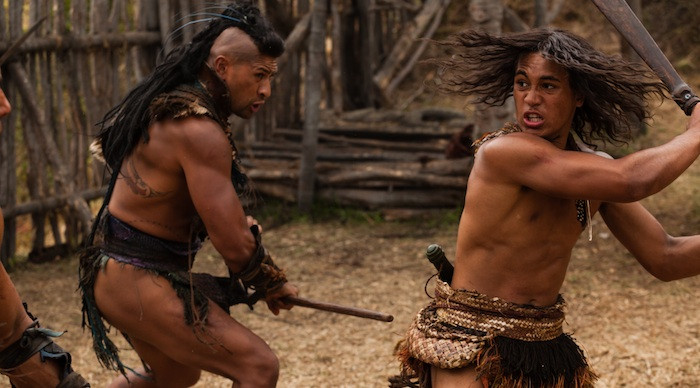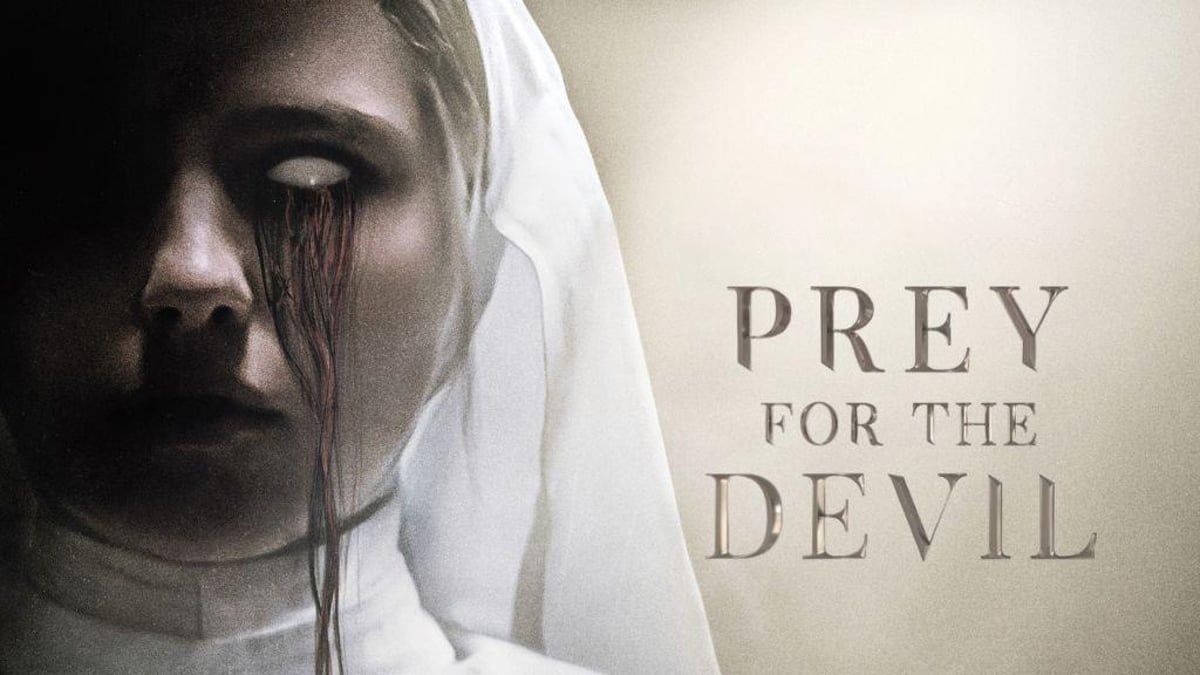Film Review: The Dead Lands (2014) – A Vivid and Brutal Maori Action Epic
The Dead Lands, released in 2014, is a bold and visceral action film that brings Maori culture to the cinematic forefront. Directed by Toa Fraser and written by Glenn Standring, the film is set in pre-colonial New Zealand and tells a classic tale of vengeance, honor, and redemption. What makes The Dead Lands unique is not only its intense martial arts sequences but also its deep cultural roots, as the story unfolds entirely in the Maori language (Te Reo Māori) and showcases indigenous traditions, warrior codes, and spirituality.
The plot follows Hongi (James Rolleston), the teenage son of a Maori chieftain. When his tribe is massacred by a rival group led by the ambitious Wirepa (Te Kohe Tuhaka), Hongi barely escapes with his life. Seeking justice and redemption, he must cross into the legendary and haunted region known as the Dead Lands—a sacred area where few dare to venture. There, he encounters a nameless warrior (played by Lawrence Makoare), a feared and violent figure believed to be a supernatural killer.

Initially distrustful of one another, the young avenger and the mysterious warrior form an uneasy alliance. As they journey through dangerous terrain and engage in brutal combat, their relationship evolves into one of mentorship and mutual respect. Hongi must prove his courage and moral strength, while the warrior seeks his own path toward redemption for a life filled with bloodshed and isolation.
Visually, The Dead Lands is striking. The film uses the lush, untamed landscapes of New Zealand to full effect—dense forests, mist-covered valleys, and treacherous cliffs all contribute to the film’s mythic tone. The cinematography by Leon Narbey captures both the beauty and danger of the setting, while the haunting musical score by Don McGlashan deepens the film’s spiritual atmosphere.

The combat scenes are among the film’s highlights. Rather than relying on Hollywood-style choreography, the film showcases Mau Rākau, the traditional Maori martial art. The fights are raw, rhythmic, and intensely physical, lending authenticity and emotional weight to the action. These sequences are not just spectacle; they are expressions of character, culture, and internal struggle.
Performance-wise, James Rolleston (also known for Boy and The Dark Horse) brings vulnerability and determination to his role as Hongi, convincingly portraying a young man growing into leadership. Lawrence Makoare, known for his roles in The Lord of the Rings, delivers a powerful performance as the unnamed warrior—a character full of menace, regret, and depth.
Critically, The Dead Lands was praised for its originality and cultural representation. While some reviewers felt the plot was predictable or overly familiar in its revenge structure, most appreciated its commitment to honoring Maori heritage. The film was New Zealand’s official entry for Best Foreign Language Film at the 87th Academy Awards, a testament to its national significance.

In conclusion, The Dead Lands is more than just a historical action film. It is a powerful exploration of identity, spirituality, and tradition, told through the lens of Maori legend. With its intense action, stunning visuals, and cultural authenticity, the film stands as a rare and impactful example of indigenous storytelling on the global stage.


-1751855613-q80.webp)
